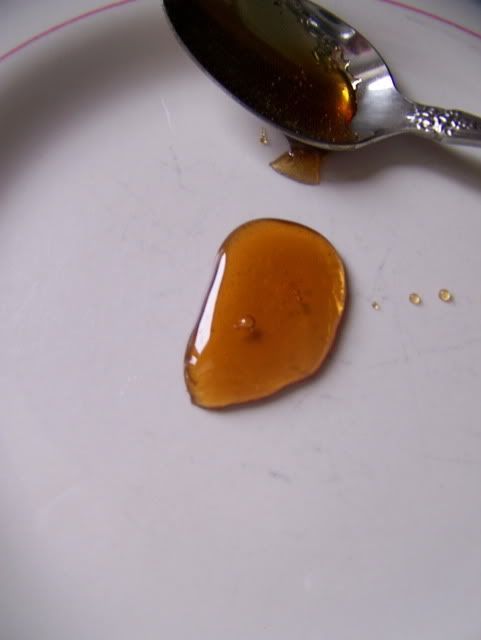KingBrianI
Well-Known Member
I've been looking at a lot of historical english ale recipes lately, and it seems like most, if not all use invert sugar in one form or another. I've even seen some articles suggesting that some type of simple sugar is almost a necessity for a true british ale. Read some of the articles at this link for more info: http://barclayperkins.blogspot.com/search/label/invert sugar . I just used the recipe found here : http://www.unholymess.com/blog/beer-brewing-info/making-brewers-invert to make up some no. 2 invert sugar. It tastes really nice, but has a bit of a sourish, acidic twang. I'm wondering if anyone has created invert sugar like this before (using an acid and constant temp, not DAP and varying temps) and if there are any methods to alkalize it after inversion. I'm thinking about something along the lines of adding CaCO3 to raise the pH and get it to lose the twang and bring out some of the other flavors? Does anyone know how it is made commercially? Do they neutralize it or leave it acidic? My plan is to use it in a triple chocolate stout and between the cocoa and the invert sugar, I'm afraid it will be too "twangy" and not smooth and creamy.
I'd like for this thread to not only be used to answer my questions, but to stockpile any knowledge or experience with invert sugar. I'd like to keep the subject on british invert sugar, not belgian candi syrup since that has been discussed at length. Any information, experience, comments, or whatever is welcome.
I'd like for this thread to not only be used to answer my questions, but to stockpile any knowledge or experience with invert sugar. I'd like to keep the subject on british invert sugar, not belgian candi syrup since that has been discussed at length. Any information, experience, comments, or whatever is welcome.


 I brought some to work and intend to try it in my afternoon tea (I usually use Orange Blossom Honey), hopefully I'll have a better idea of the flavor (other than intense sweetness).
I brought some to work and intend to try it in my afternoon tea (I usually use Orange Blossom Honey), hopefully I'll have a better idea of the flavor (other than intense sweetness).